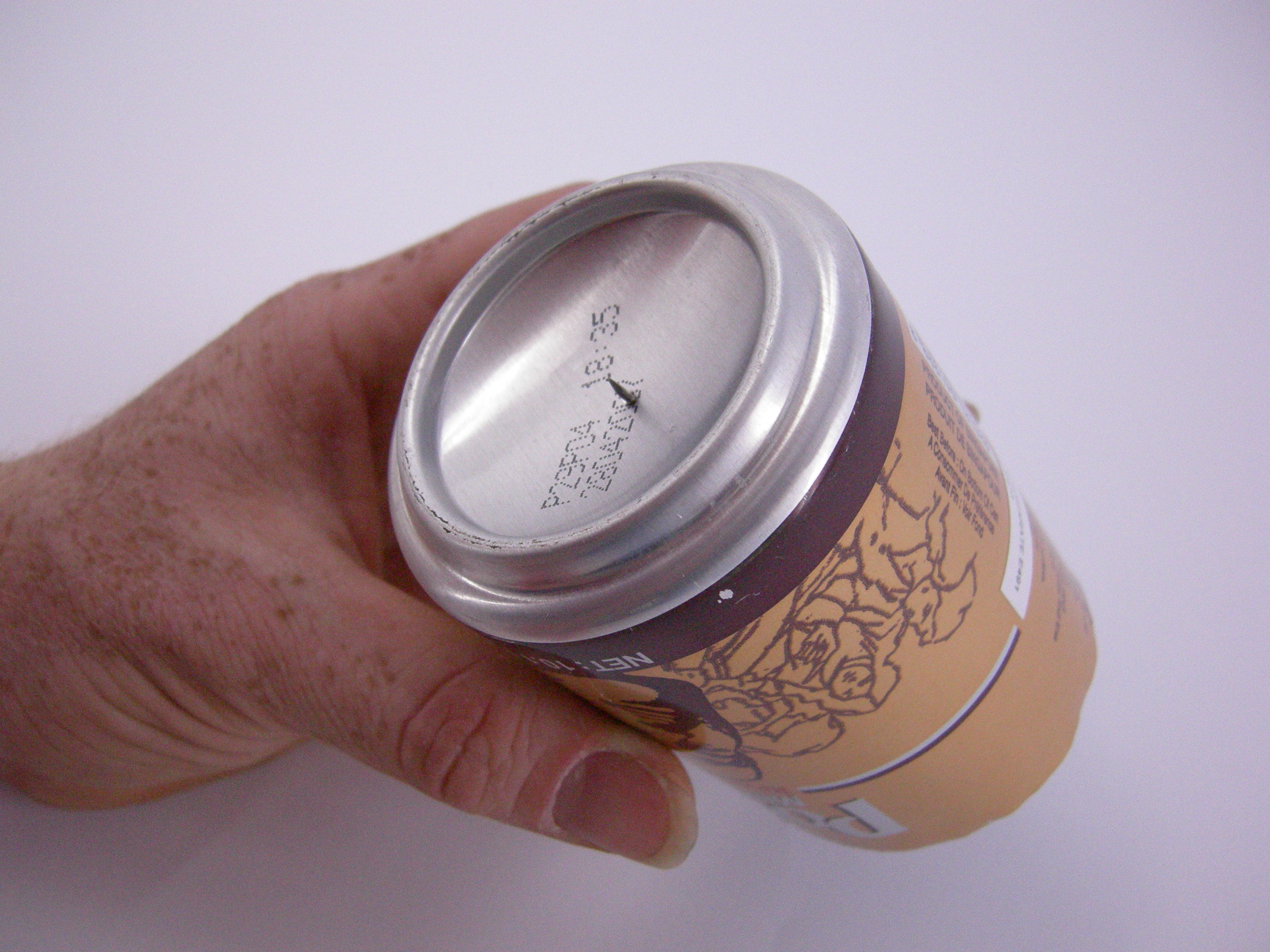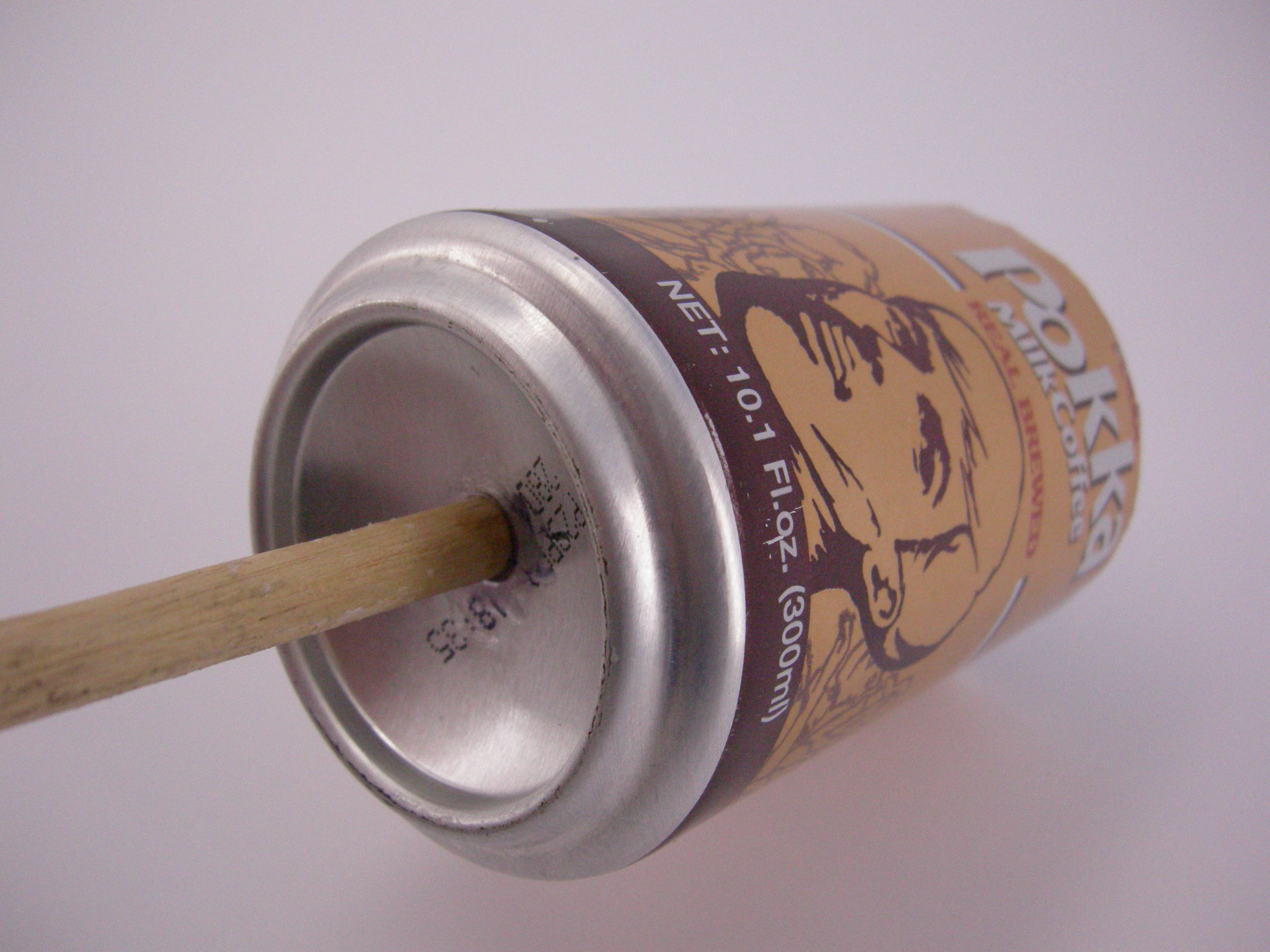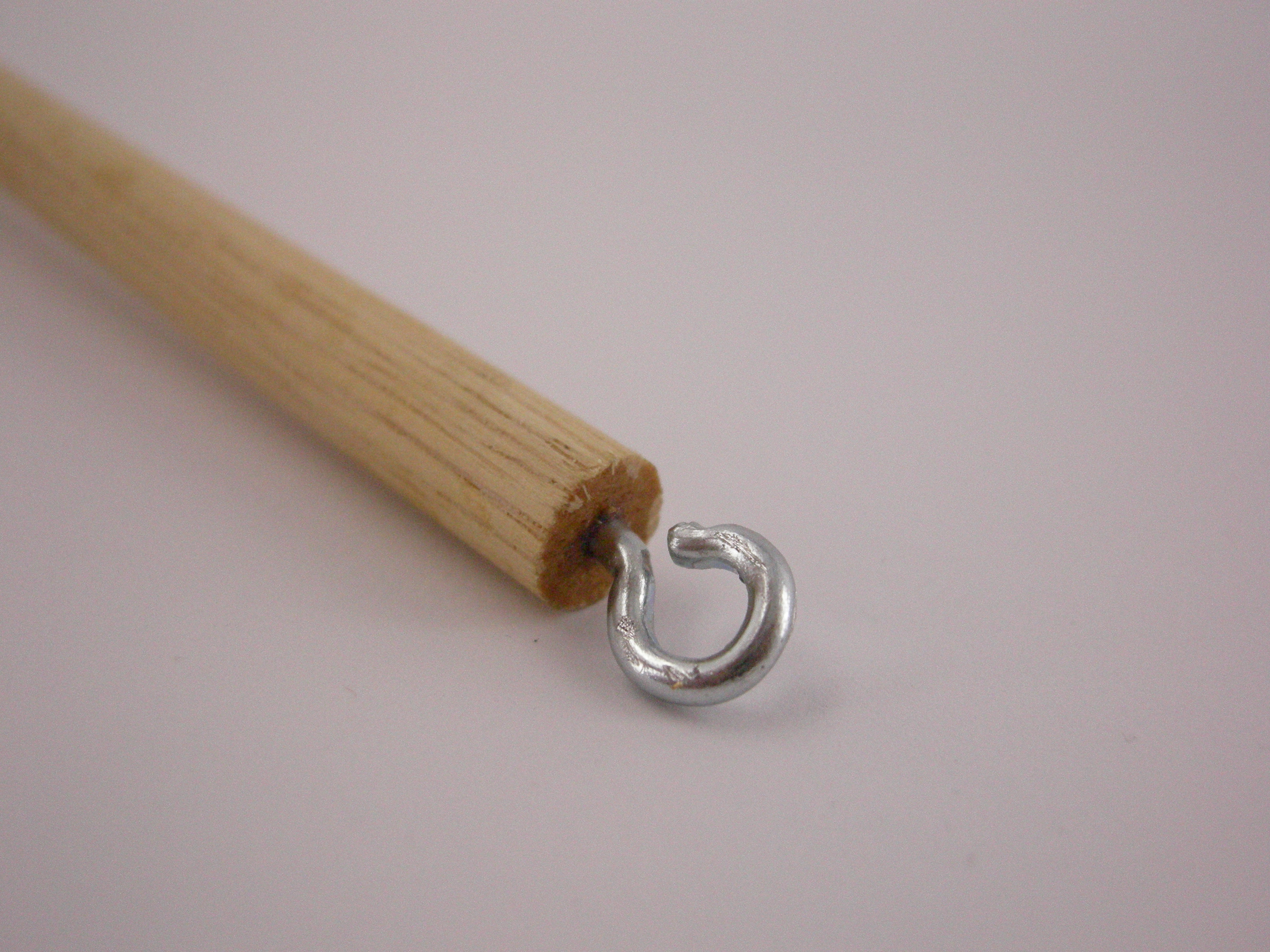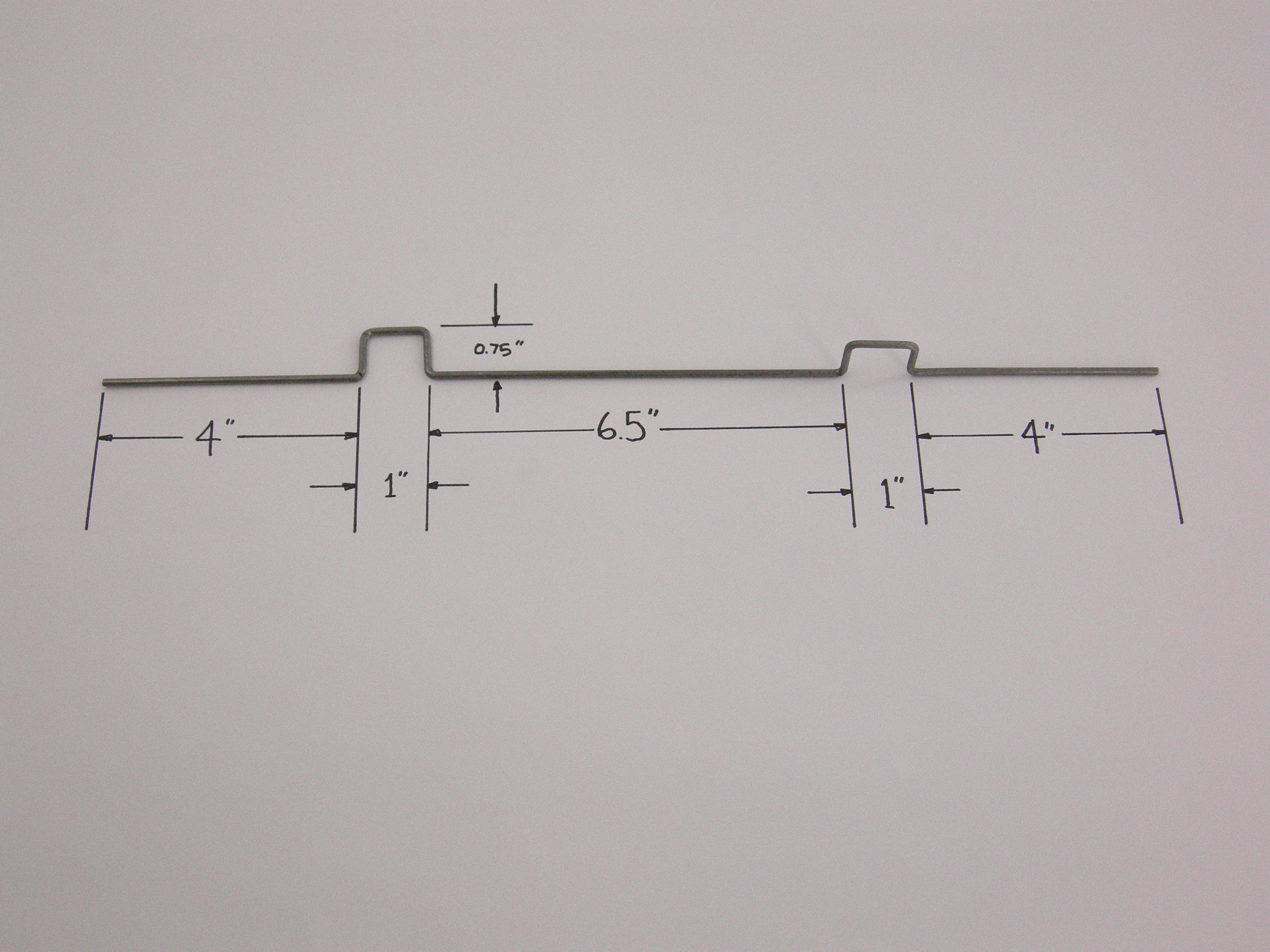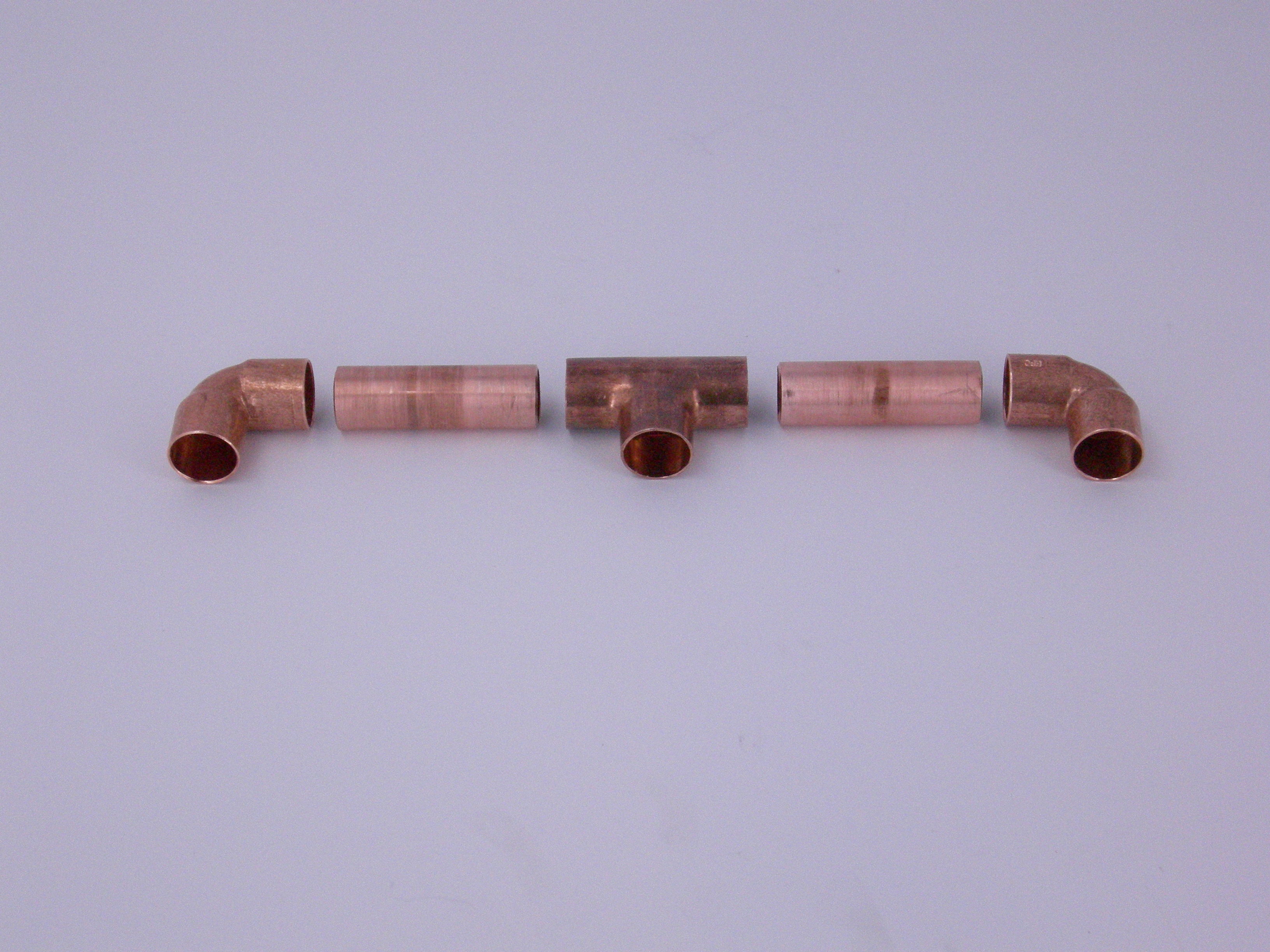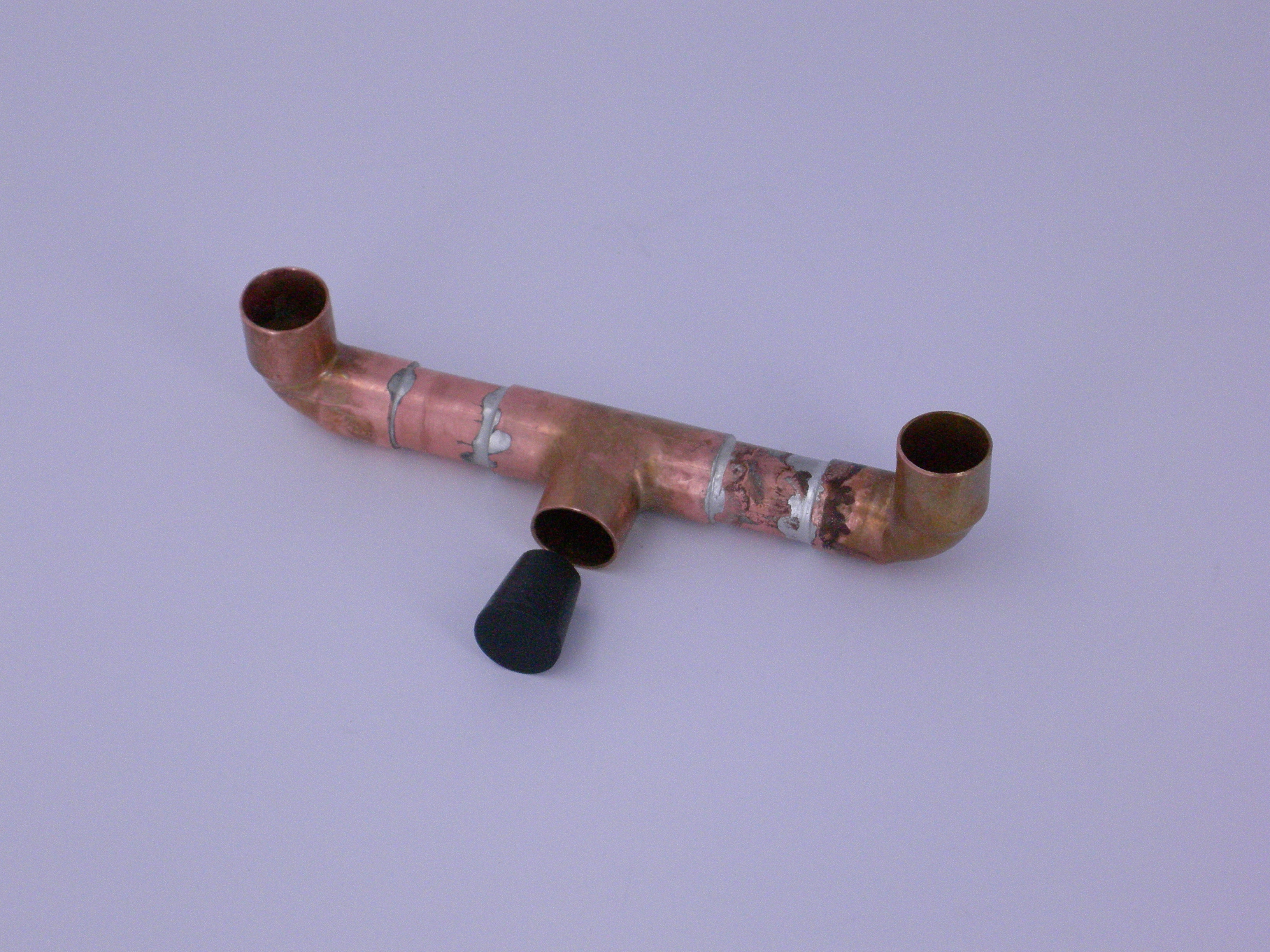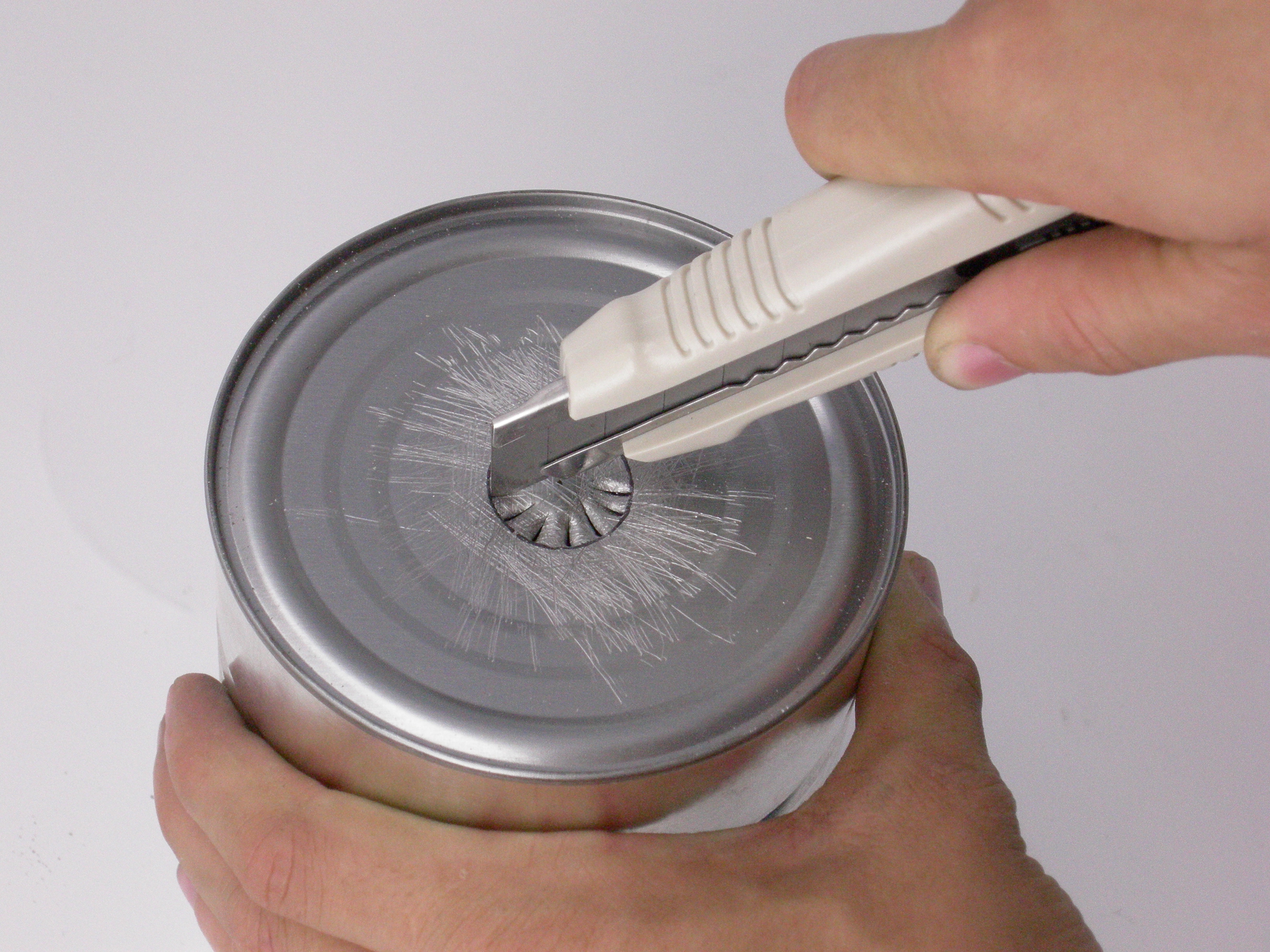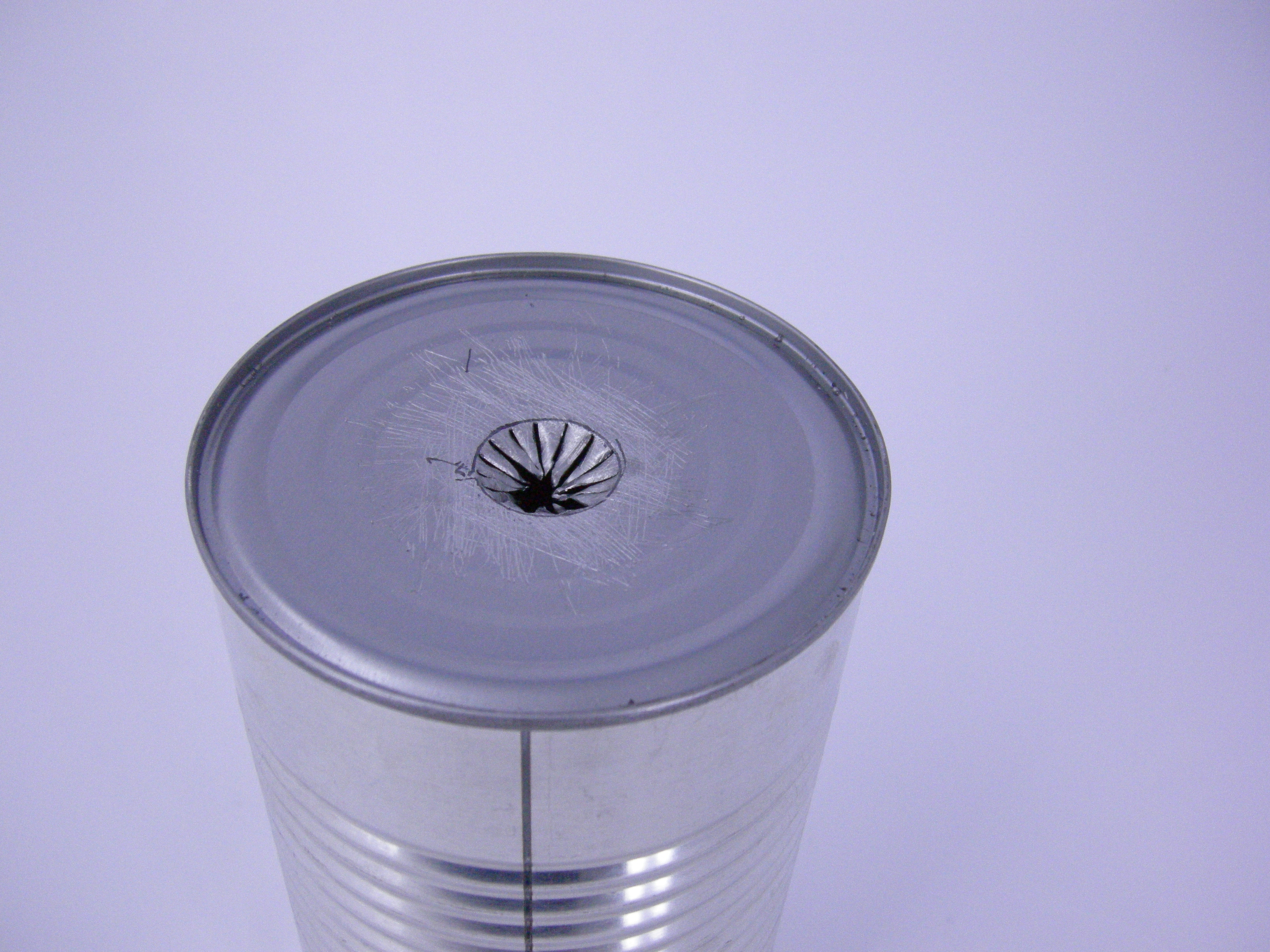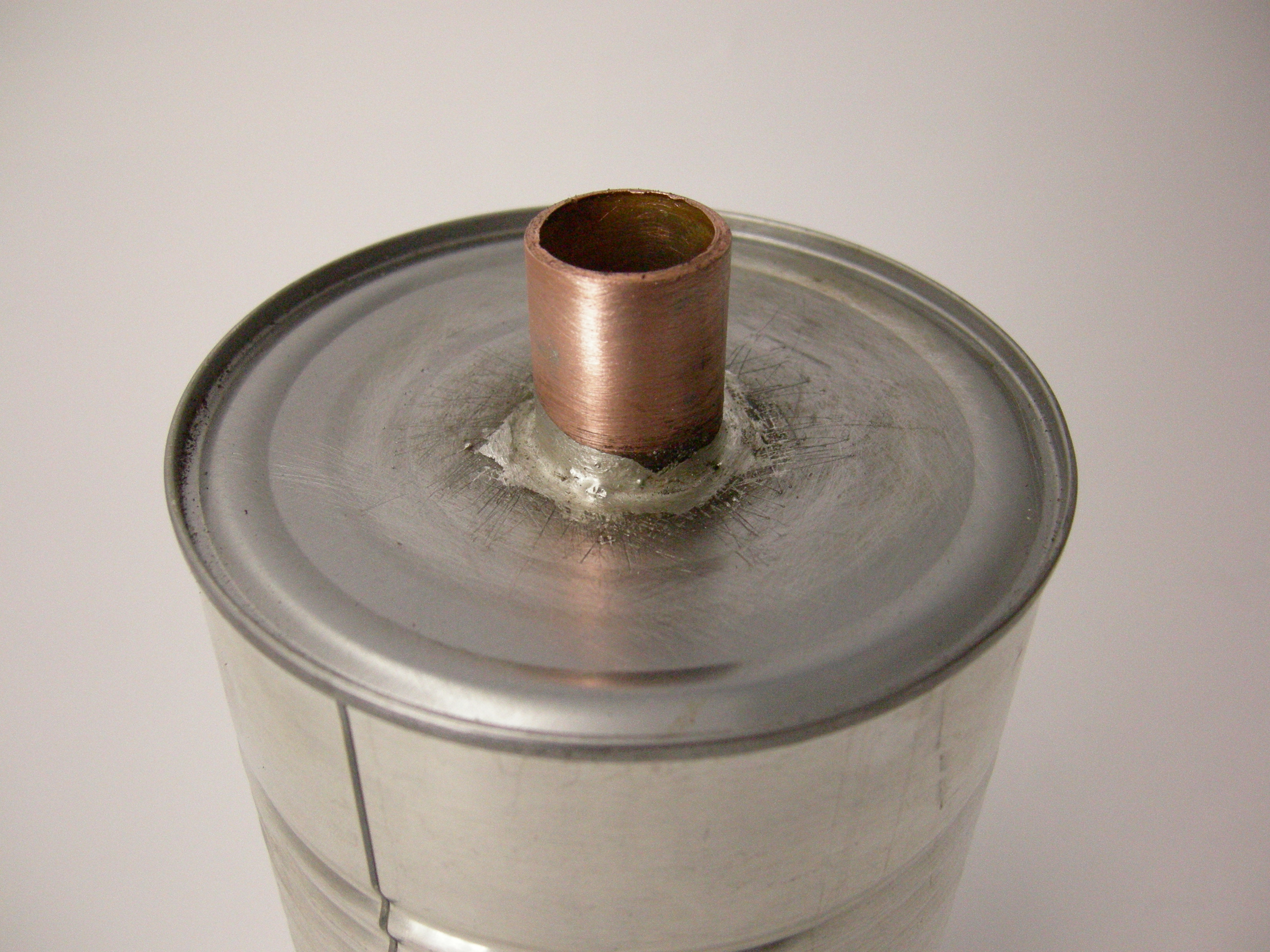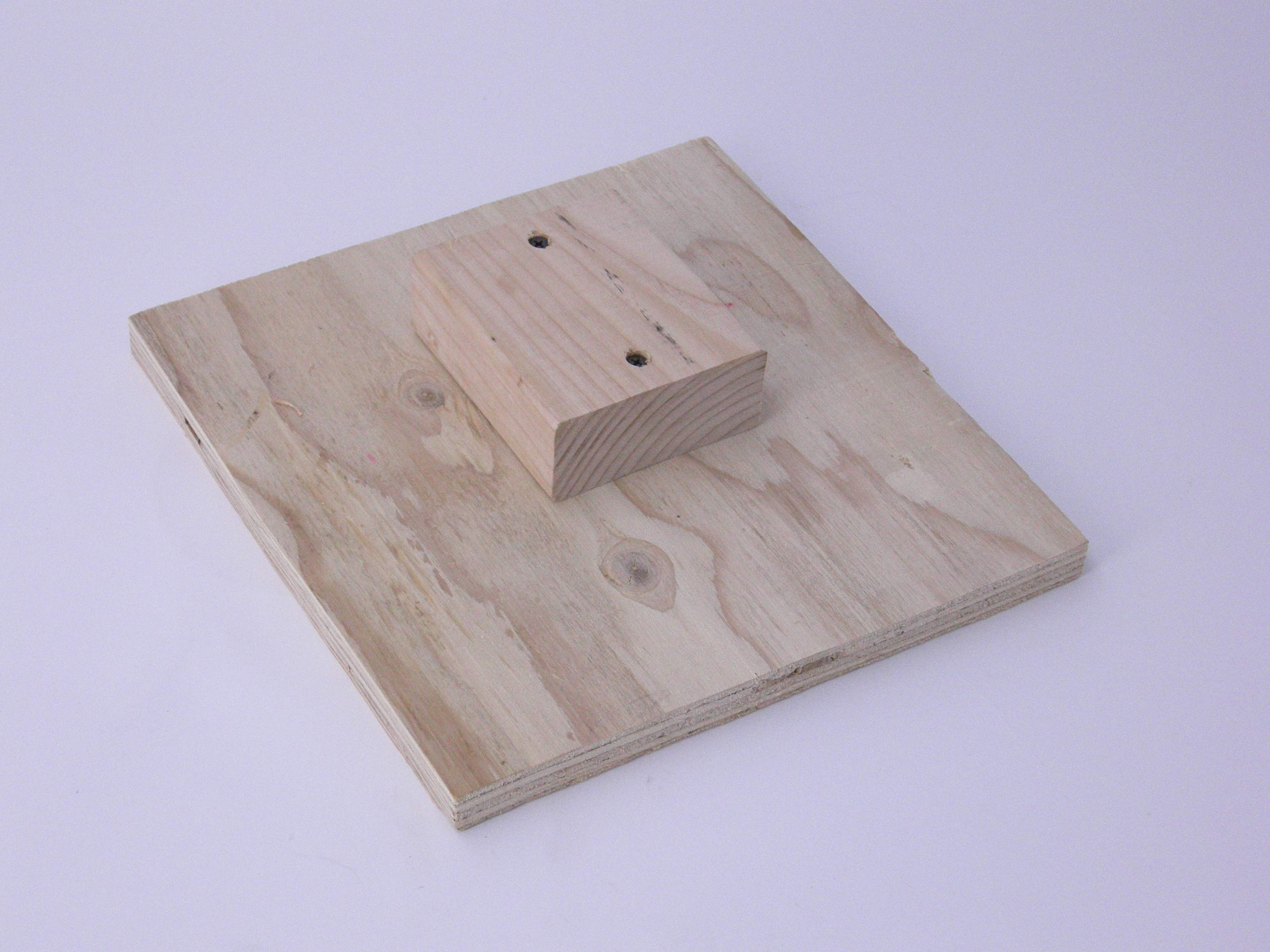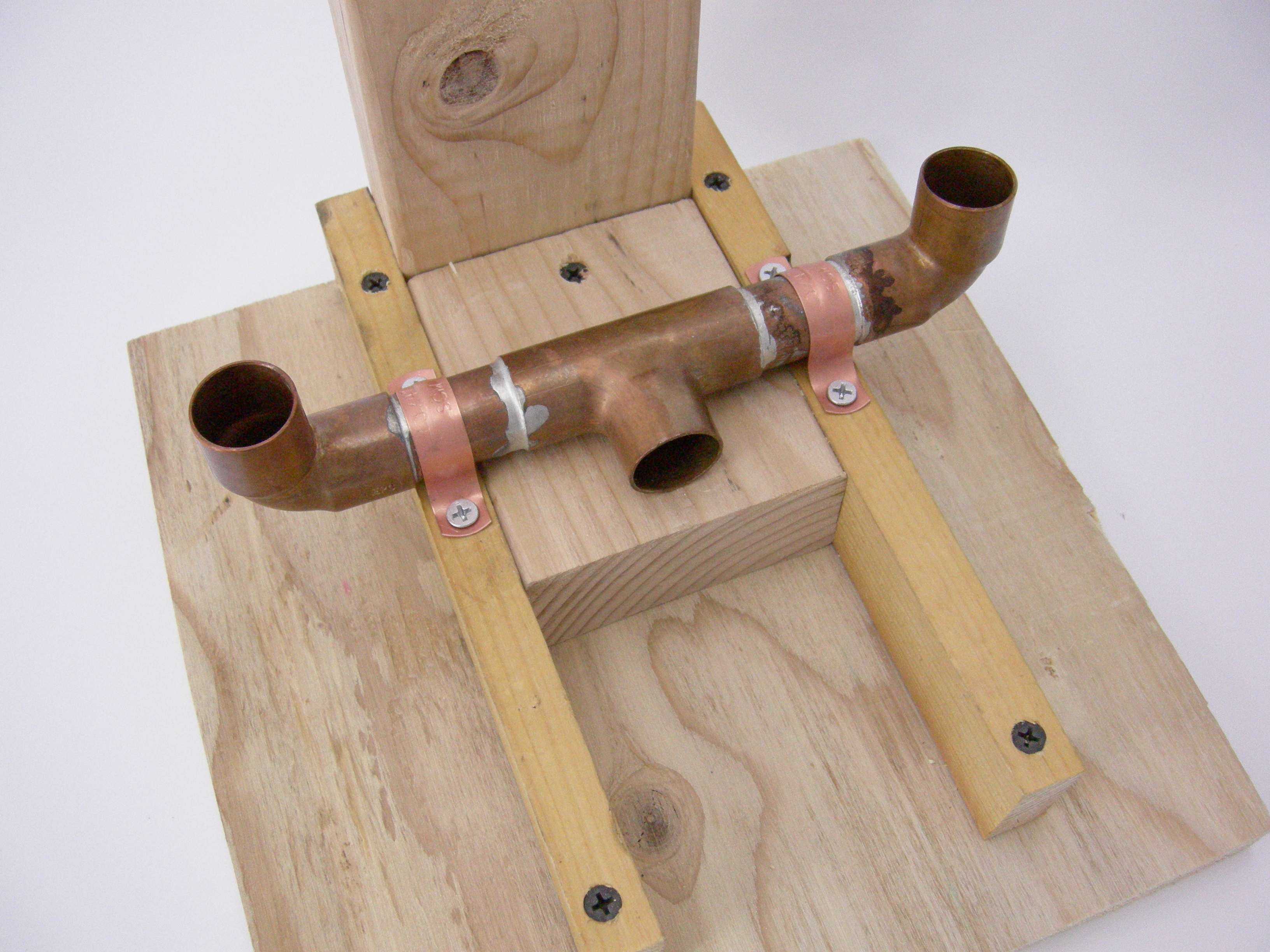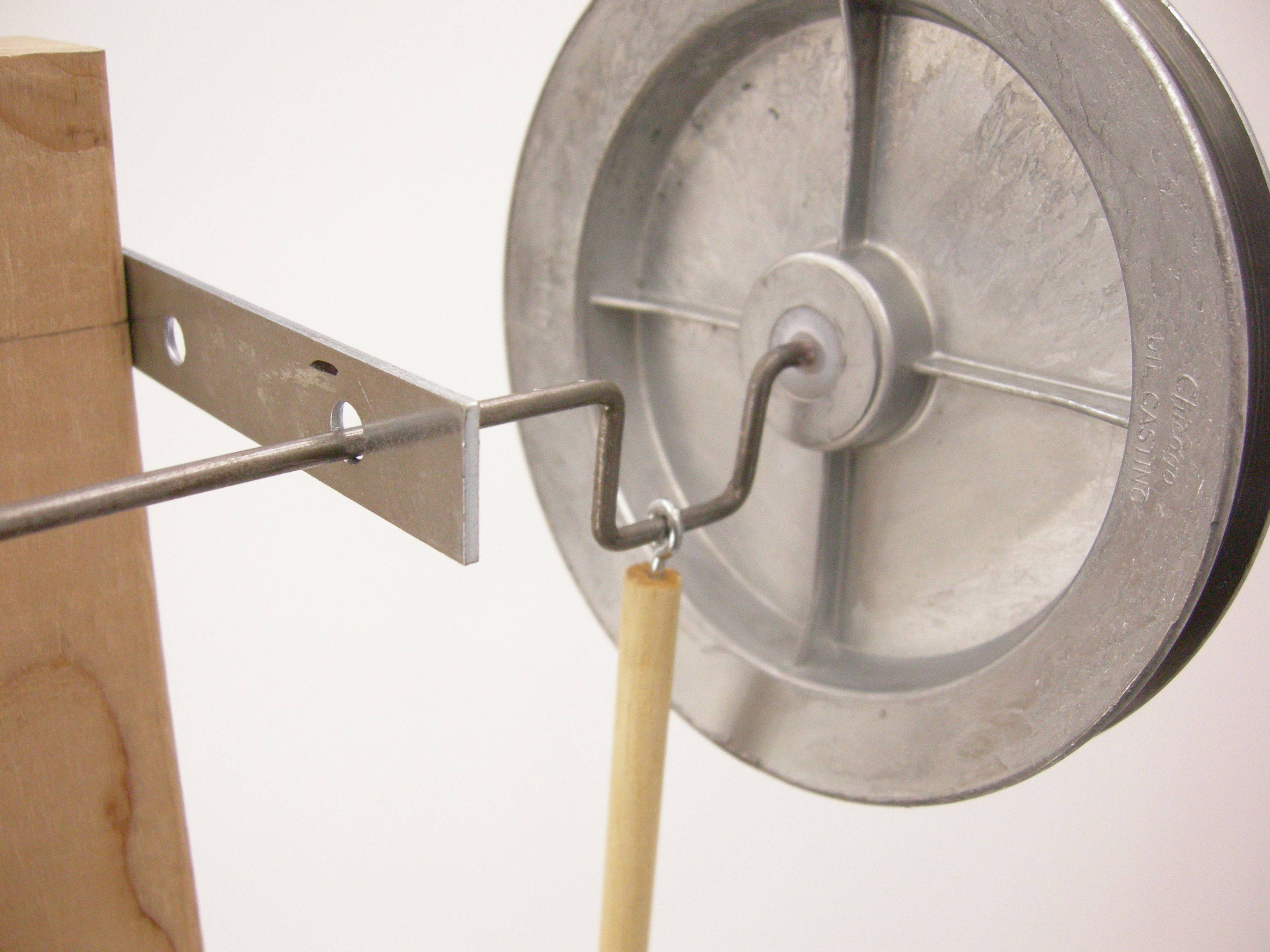The Stirling engine has long captivated inventors and dreamers. Here are complete plans for building and operating a two-cylinder model that runs on almost any high-temperature heat source.
Stirling engines are external combustion engines, which means no combustion takes place inside the engine and there’s no need for intake or exhaust valves. As a result, Stirling engines are smooth-running and exceptionally quiet.
Because the Stirling cycle uses an external heat source, it can be run on whatever is available that makes heat — anything from hydrogen to solar energy to gasoline.
Our Stirling engine consists of two pistons immersed in two cans of water. One can contains hot water and the other cold. The temperature difference between the two sides causes the engine to run. The difference in the hot and cold side temperatures creates variations in air pressure and volume inside the engine. These pressure differences rotate a system of inertial weights and mechanical linkages, which in turn control the pressure and volume of the air cylinder.

The Story of the Stirling Engine
All engines run on heat cycles. More properly called thermodynamic cycles, each of these cycles has a name. Cars run on the Otto cycle, trucks on the Diesel cycle. Power plants often run the Rankine, while gas turbines run the Brayton cycle.
One cycle in particular has long captivated inventors and dreamers — the Stirling cycle. The Stirling cycle was among the first of the thermodynamic cycles to be exploited by engineers. Compared to other engine types, it is ancient. When it was patented as a new type of engine by a Scottish cleric in 1816, scientists hadn’t even come up with the idea of thermodynamic cycles.
Robert Stirling, a young Scottish Presbyterian assistant minister, had the idea for a new type of heat engine that used hot air for its working fluid. Until then, the steam engines of Watt and Newcomen were the only heat engines in use.
Stirling Engines Go to Work … and Are Laid to Rest
Stirling’s idea was to alternately heat and cool air in a cylinder using articulated mechanical arms and a flywheel to coax the machine to run in a smooth, endless cycle.
Although complex and expensive for its time, Reverend Stirling made it work. As early as 1818, his engine was in use pumping water from a stone quarry. By 1820, a 45-horsepower Stirling engine was driving equipment in the Scottish foundry where his brother worked.
Auto manufacturers have experimented with the Stirling for years. Its numerous good qualities make the Stirling an attractive candidate to replace or augment internal combustion engines.
Automakers worked closely with the federal government from 1978 to 1987 on Stirling engine programs. The goals were ambitious: low emission levels, smooth operation, a 30% improvement in fuel economy, and successful integration and operation in a representative U.S. automobile.
General Motors placed one in a 1985 Chevrolet Celebrity, and met all of the program’s technical goals. But improvements in the efficiency of existing engine types, coupled with the status quo’s far less expensive cost structure, doomed the Stirling to automotive irrelevance.
The External Combustion Revival
The Stirling idea was dusted off in the mid-1990s. A prototype Stirling hybrid propulsion system was integrated into a 1995 Chevrolet Lumina. But that test was not particularly successful, as the hybrid vehicle failed to meet several key goals for fuel efficiency and reliability. The program was abandoned. Still, Stirling engine advocates continue to research and apply the technology. The big breakthrough may yet arrive, possibly in a hybrid electric-Stirling engine.
While not terribly complex, the engineering analysis of the engine’s thermodynamic cycle goes beyond the scope of this article. Suffice it to say that Stirling engines operate on a four-part cycle in which the air inside the engine is cyclically compressed, heated, expanded, and cooled, and as this occurs, the engine produces useful work.
While most heat engines are fairly understandable to interested amateurs, building one yourself is an altogether different prospect. Most engines require carefully machined metal parts, with close tolerances and tightly sealing clearances for pistons and/or rotating parts. Robert Stirling’s heat engine is an exception. Or at the very least, making a working model can be done without any difficult machining.
About MAKE’s Stirling Engine
This article provides step-by-step instructions for building a straightforward Stirling external combustion engine.
This engine is simple and cheap, and once you get it going, you really get a feel for how this sort of engine works. It chugs along at a leisurely 20 to 30 rpm, its power output is minuscule, and it makes a delightful squishing/chuffing noise as it operates.
But be forewarned: All engines, even the metal-can Stirling described here, are complex mechanical devices in which myriad mechanical movements must come together in precise fashion in order to attain cyclical operation.





